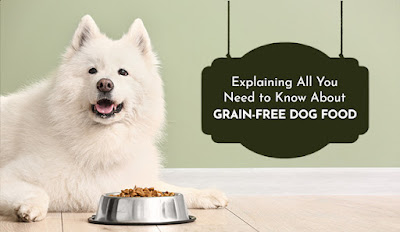One thing is common between our furry friends and us: we love good food! That’s why most pet parents want to choose the best for their pets. But, the best food for our pets is the one that provides full nutrition along with the taste. This article is all about the best wet food brands in 2022, among which you can select the best game-changer for your fussy fur buddies!
1. Advance – Super Premium Pet Food
Advance Pet Nutrition is one of the most popular foods among dog parents. This extra premium food has been scientifically designed for cats and dogs in Australian climates. The Advance range of dog and cat food is created in Australia with high-quality ingredients and a taste that every pet loves. Some Advance food products are meant to care for specific organs, while others aid in the overall well-being of the cat and are made up of high-quality components. These nutrient-dense foods enhance the health of your pet in a variety of ways, including skin and coat health, dental health, digestive function, cellular repair, joint care, and more.
2. Black Hawk – Real Ingredients Rich Pet Food
Black Hawk Pet Food is proudly manufactured in rural NSW, with the finest ingredients sourced from Australia. Black Hawk is all about real food that improves the health happiness and longevity of your pets. The relentlessly researched recipes of Black Hawk contain everything that a cat or dog needs and nothing they don’t. It offers quality nutrition with its purposeful ingredients. Its recipes use food-grade emu oil for glossy skin and coat, the real meat of lamb, duck, chicken, turkey or fish for quality lean proteins, and assorted fruits and veggies for antioxidants and healthy fibres.
3. Hill’s Pet Nutrition – Science-Backed Premium Pet Food
Hills Pet Nutrition offers two very popular wet food brands, Hill’s Prescription Diet and Hills Science Diet, both of which are highly recommended by veterinarians. Hills Prescription Diet is therapeutic nutrition to help vets enrich and lengthen a pet’s life. It takes care of nutritional needs that are identified for a specific diagnosis. On the other hand, Hill’s Science Diet provides biology-based nutrition to help your pets live their best lives. It offers wet food for pets of every age and size, and also for their special needs such as weight management, digestion, skincare and more. With its natural ingredients and clinically proven nutrients, Hill’s is the best food brand for your cats and dogs.
4. Ivory Coat – Quality Nutrition for Pets
Ivory Coat is another great choice for wet food for cats and dogs. Manufactured locally in Australia, Ivory Coat uses Australian meat as its top ingredient. By choosing Ivory Coat you can rest assured that you are providing quality nutrition without any preservatives, colours or flavours. Its recipes contain superfoods like kale and blueberries for antioxidants, oils like salmon oil, coconut oil, and flax seeds for a healthy coat, prebiotics like inulin and natural fibres for gut health, and added vitamins and minerals for complete nutrition. There are a plethora of options for cats and dogs of every size, age and breed with a choice of whole grain and grain-free food to choose from.
5. Fancy Feast – Gourmet Food for Cats and Kittens
Fancy Feast by Purina is the #1 cat food brand serving delectable gourmet cat and kitten foods. This food is highly preferred by cat parents due to its irresistible savoury flavours, delicate textures and real ingredients. It offers rich gourmet gravies, delicate broths and more to please any cat’s palate. Fancy Feast believes in creating unique taste experiences every day for your fluffballs. The best part about Fancy Feast is that there is high-quality nutrition in every detail, whether it is real seafood, poultry and beef, or aged cheddar or milk. All Fancy Feast foods are exactly what all cats crave!
All in all, that was our list of top 5 wet food brands for cats and dogs in 2022. We hope it will help you select the best for your best friend.
If you are looking for the best cat or dog food online at the lowest prices, do visit our store DiscountPetCare!




